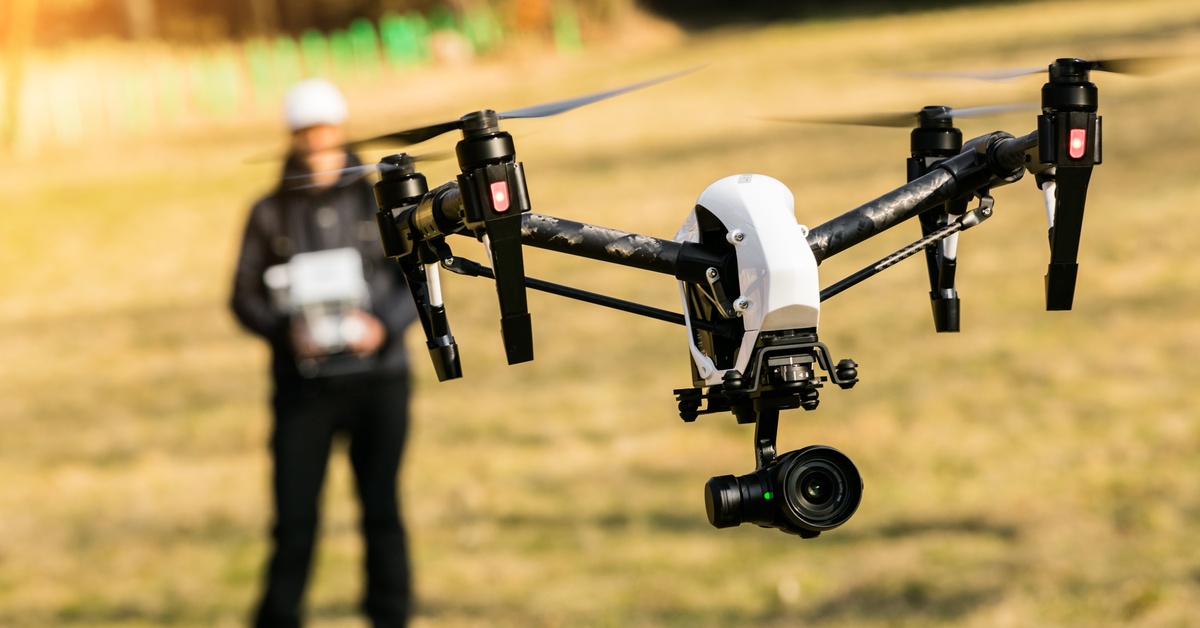The Future of Land Ownership: Trends for 2026
November 12, 2025 7:27 am PST

The way people think about, buy, and use land is changing. Technology, shifting economic conditions, and new lifestyle priorities are creating fresh trends in land ownership. For anyone considering buying property, understanding these future shifts is the key to making a smart investment. The next few years promise exciting developments, from the rise of digital purchasing platforms to a renewed focus on sustainability.
Exploring these land ownership trends for 2026 can help you see where the market is heading and how you can position yourself to benefit. Whether you’re looking for a personal retreat, an investment opportunity, or a place to build a business, the landscape of land ownership is full of new possibilities. This look into the future will cover the key movements shaping how we will own land by 2026, offering clear insight to guide your decisions.
How Will Technology Change Land Purchases by 2026?
Technology will make buying land faster, more transparent, and more accessible. Digital platforms are transforming the real estate market by allowing buyers to view, evaluate, and purchase properties entirely online. Virtual tours using drones and 3D modeling can give you a detailed look at a parcel from anywhere in the world.
Blockchain technology is also set to improve transaction security by creating unchangeable records of ownership, reducing fraud and simplifying the closing process.
What Role Will Sustainability Play in 2026 Land Use?
By 2026, sustainability will be a central factor in land ownership decisions. Buyers and developers will increasingly prioritize properties that support eco-friendly practices. This includes land suitable for renewable energy projects, such as solar or wind farms, and properties that can be used for conservation. Government incentives and growing public awareness of environmental issues will drive demand for "green" land, making sustainable properties wise, responsible investments.

How Will Remote Work Influence Where People Buy Land in 2026?
The widespread adoption of remote work is reshaping where people choose to live and own land. No longer tied to city offices, many people are looking for properties in rural or suburban areas that offer more space and a better quality of life. This trend will increase demand for land outside major metropolitan centers. As a result, areas previously considered remote will become more attractive, creating new investment opportunities in regions with natural beauty and recreational access.
What New Ownership Models Will Emerge by 2026?
Fractional ownership and coownership models will become more common by 2026. These arrangements allow multiple buyers to share the cost and use of a property, making land ownership more attainable. This is especially appealing for vacation properties or large recreational tracts.
Technology platforms will facilitate these coownership agreements, managing everything from legal paperwork to scheduling to make it simpler for groups to invest together.
How Will Land Prices Change Leading Up to 2026?
Several factors will influence land prices by 2026. Demand from remote workers may drive up prices in desirable rural areas, and economic conditions such as interest rates will also play significant roles. The market for affordable land for sale will likely remain competitive, especially in locations with growing infrastructure and amenities. Investors who can identify up-and-coming regions before they peak in popularity will find the best opportunities for value appreciation.
What Is the Future of Agricultural Land by 2026?
The future of agricultural land will involve a mix of traditional farming and new technology. Precision agriculture using tools such as GPS and drones will make farming more efficient and sustainable. There will also be a growing trend toward smaller, specialized farms focusing on organic produce or niche markets. This shift opens opportunities for new farmers and investors interested in sustainable food production.
How Will Zoning Regulations Adapt by 2026?
Zoning laws will need to evolve to keep up with new land use trends. We can expect to see more flexible regulations that support mixed-use developments combining residential, commercial, and recreational spaces. Municipalities may also update zoning to encourage sustainable practices, such as green building standards and conservation easements. Staying informed about potential zoning changes in your area of interest will be crucial for any land purchase.

What Is the Role of Drones in 2026 Land Management?
By 2026, drones will be essential tools for land management. Landowners will use them for a variety of tasks, including:
- Surveying and mapping: Creating detailed topographic maps of their properties
- Monitoring property health: Assessing crop conditions, forest health, and water resources
- Security: Patrolling large properties to deter trespassing and monitor for potential issues
- Infrastructure inspection: Checking on fences, roads, and buildings without needing to be physically present
This technology makes managing large tracts of land more efficient and less expensive.
What Commercial Land Opportunities Will Trend in 2026?
Commercial land trends will reflect broader economic shifts. There will be strong demand for land to build logistics and distribution centers in order to support the growth of e-commerce. Additionally, land for data centers will be highly sought after as our reliance on digital infrastructure grows. In growing communities, there will also be opportunities for developing retail and service-oriented properties to meet the needs of new residents.
As mentioned above, another trend that’s expected to continue is the development of mixed-use properties. These developments combine residential, commercial, and retail spaces in one location, creating walkable communities that offer convenience and a sense of community.
Sustainable buildings are also becoming increasingly popular, driven by consumer demand for environmentally friendly options. Developers will look for land opportunities that can support sustainable building practices, such as incorporating green spaces and energy-efficient designs.
As technology continues to advance, there may also be a rise in demand for coworking spaces and flexible office solutions. This could lead to an increase in the development of smaller, more agile commercial properties.
Your Next Steps in Land Ownership
The future of land ownership in 2026 is dynamic and filled with opportunity. Trends such as remote work, sustainability, and technological advancements are reshaping the market and creating new avenues for investment and personal use. By understanding these shifts, you can make informed decisions that align with your long-term goals. The landscape is changing, but the value of owning the right piece of land remains constant.
Whether you’re looking to invest, build a home, or start a business, staying aware of these future trends is your first step toward success. The market in 2026 will reward those who are prepared and forward thinking. Start exploring your options today to find the property that fits your vision for the future.


